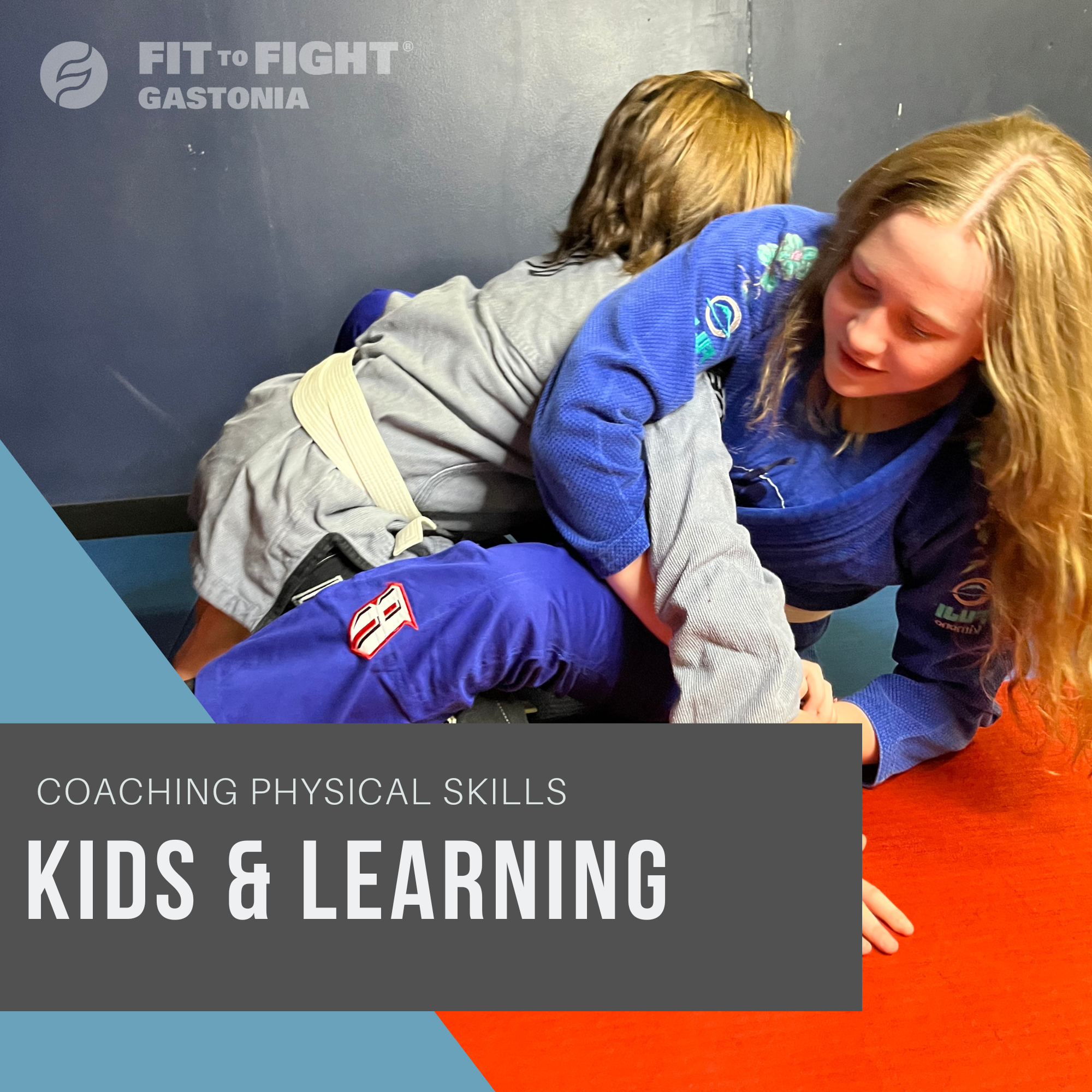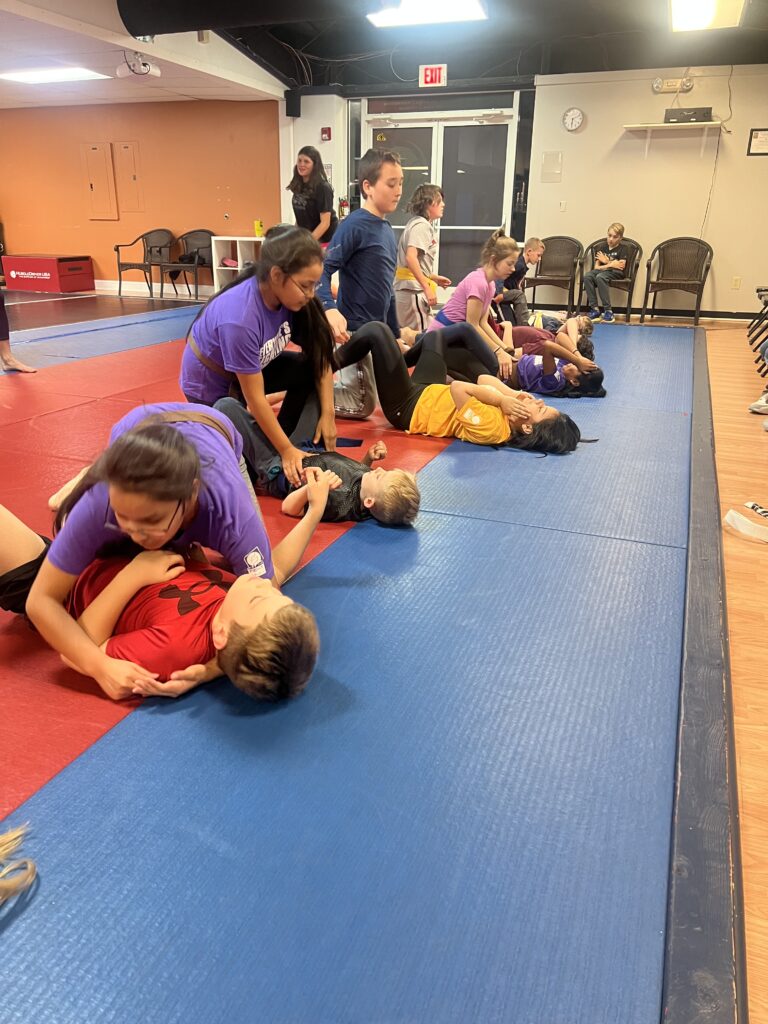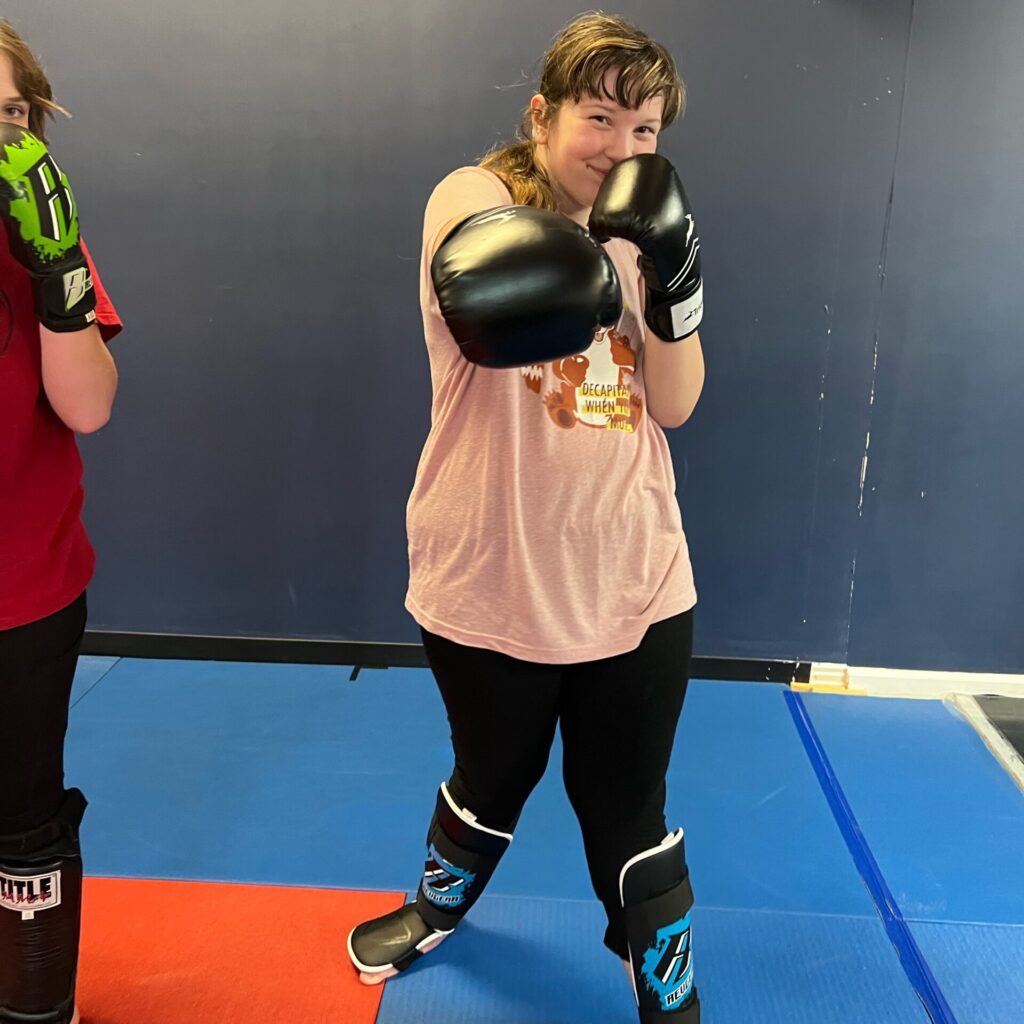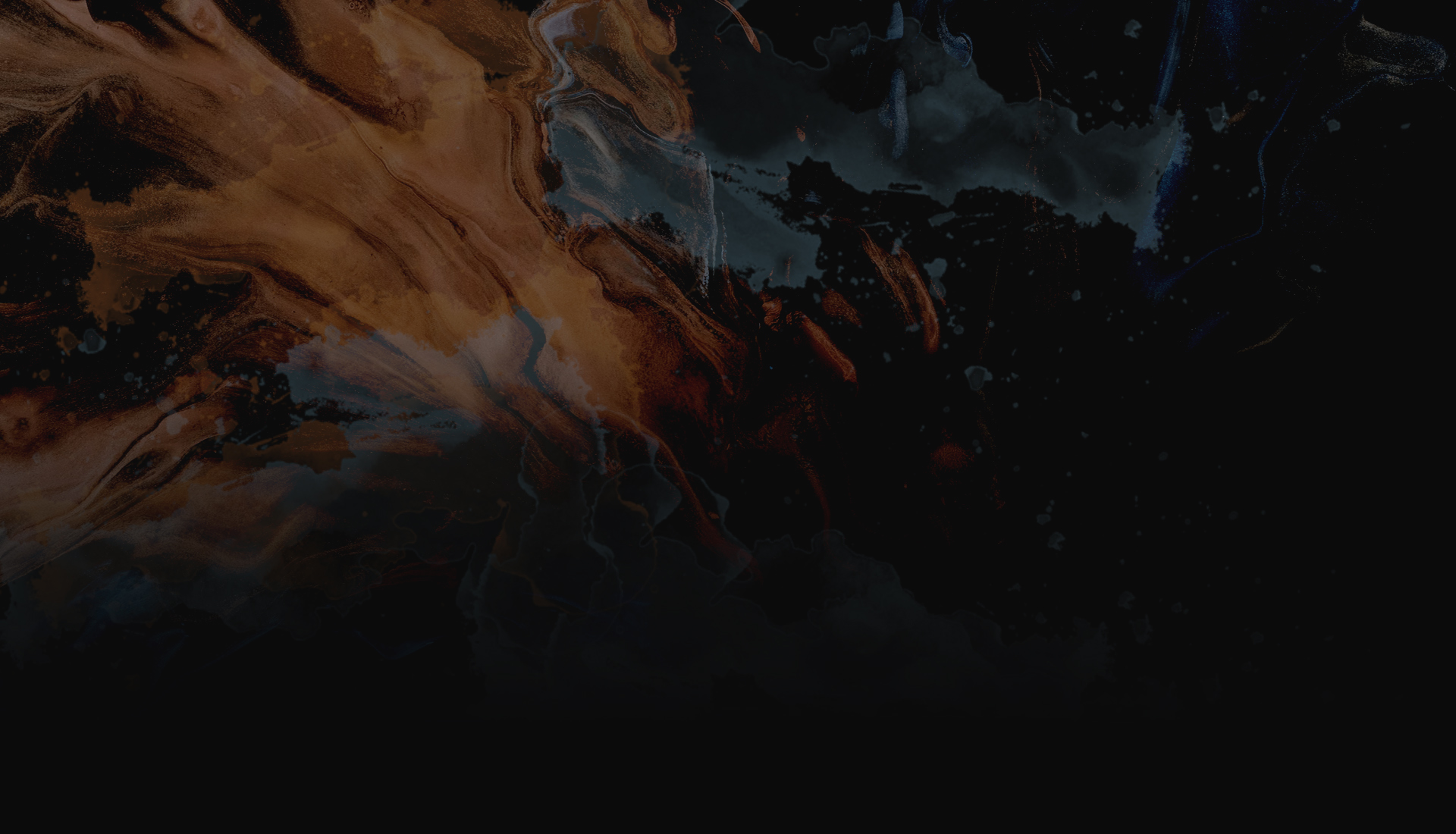
How Do Kids Learn Martial Arts?
Kids martial arts classes are a fun way to introduce your child to self-defense, sports, and intrinsic motivation. They way kids learn a physical activity, such as martial arts, isn’t a step by step process. The truth is, there’s a lot of art involved in the martial arts, and sometimes learning looks different because of that.
In math, if you do not get every step of the process correct, the outcome will be wrong. The answer is either right or wrong and truly, there’s comfort in that. The reality is that very few things are that clear. Most things exist with a spectrum in between and that’s important to understand when you are coaching a child or watching your child learn a physical activity.
STAGES OF LEARNING
Before we dive into the specifics of physical learning, let’s identify 4 stages of learning that can indicate improvement to a coach. The first is where most students begin – Unconscious Incompetence (UI). At this level, students must be reminded of what to do and how to do it. As an example, the coach may walk by and say “hands up” while mimicking the move and/or moving the student’s arms.
The next stage is Conscious Incompetence (CI).
Here, the student knows what to do but still needs to be reminded. At this point, the coach can just say “hands up” or swing an open hand toward their head, as a reminder. CI is the final stage of learning that the coach can actively bring a student to.
Moving through the previous levels is highly dependent on the coach’s ability and what specific move they choose to emphasize. After all, if we try to teach everything all at once, a child or even an adult will surely struggle if not quit. More on that in the next section.
For now, we move to Conscious Competence (CC) as the third stage. Here, the student can consciously focus on and accurately perform what they are supposed to do. In our example, the student keeps their hands up properly because they are actively thinking about it.
The final stage is Unconscious Competence (UC).
It’s true ownership of the activity and can be similar to “muscle memory” in that the student no longer needs to think about what to do, they just do it. This is one of the highest levels of learning (though it is not without its downfalls) and largely depends on the student, rather than the coach. This frees up the student to focus on other moves or details so they can continue to improve. Moving from CC to UC requires a lot of conscious repetition and focus. Not every student will commit to getting to this level, and that’s ok.
HOW DO YOU EAT AN ELEPHANT?
In physical activity, since we can complete a task without getting every piece perfect, we get the benefit of “eating an elephant one bite at a time.” As a coach, bombarding a student with every detail of a move from the start can be overwhelming, and understandably so. Moreover, we simply don’t have the luxury of spending 10 minutes on a single technique. And even if we did, by the end of that time, much of what was covered would likely be forgotten.
Mastery of details is a gradual process, acquired over time as students grasp and internalize the fundamental aspects. Angela Duckworth, in her book “Grit,” distinguishes between the novelty experienced by beginners and that by experts. For beginners, novelty lies in discovering the basics, while for experts, it resides in the nuances.
Expecting novice students to grasp and apply expert-level nuances right away is a recipe for frustration and failure, both for the student and the coach.
THE ROLE OF THE COACH
Recognizing the coach’s role is crucial for both students and parents. There’s often an assumption that the coach’s duty is to meticulously teach every aspect of a move, ensuring 100% accuracy at all times. However, this assumption is fraught with pitfalls.
Primarily, it sets up parents to expect perfection from their child, leading them to intervene as coaches when their child doesn’t execute a move flawlessly. In reality, it’s the coach’s responsibility to discern which aspects of the move are most critical for the child’s current stage of development.
For beginners, the focus should be on identifying a few specific areas for improvement, guiding them from a state of unconscious incompetence to higher levels of proficiency. As the child begins to master these foundational elements, additional complexities can be introduced.
Moreover, students gain a deeper understanding of the hows and whys of techniques when they’re allowed to discover them independently, rather than being spoon-fed information.
YOUR ROLE AS A PARENT
When there’s a coach, you just get to be the cheer squad! There’s no need to teach your child what to do, you don’t need to remind them to keep their hands up. You get to celebrate their accomplishments and praise their effort and commitment. Even if you are a coach of the sport they are playing, if you are not THEIR coach, you get the best job of all. Your support and pride in their endeavor go a long way to help keep them motivated even through the toughest training sessions.




